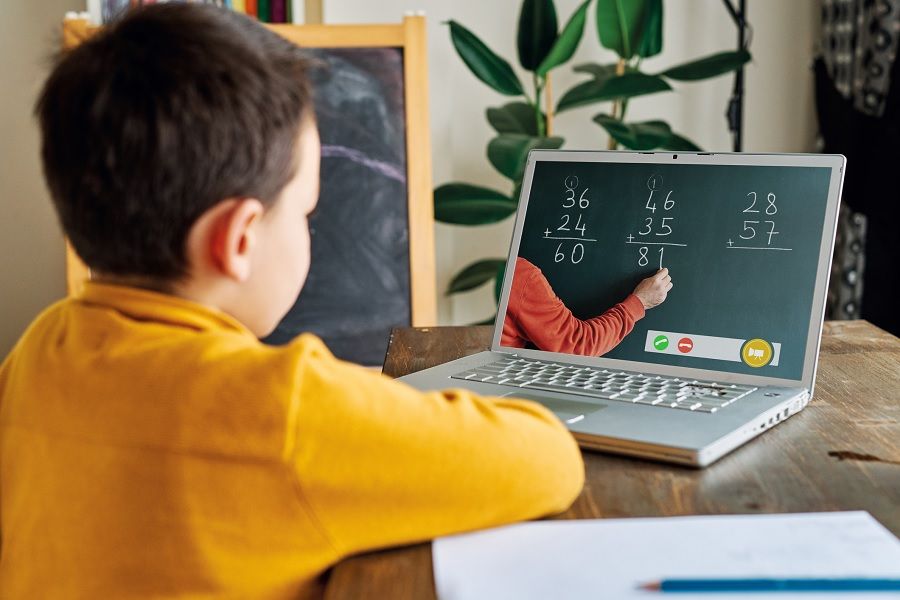
If your child has autism, Down syndrome or another disability, you are probably receiving services from the school for special education. But how is it going in regard to the Covid-19 pandemic and remote learning? The school system is tough to navigate on a regular basis, and this year, it’s even tougher. That’s why it’s important to get tips to make remote learning easier for your child with special needs.
Navigating your child’s Individualized Education Program (IEP) while he or she begins the year with remote learning, as many are doing this year due to the coronavirus pandemic, can add multiple layers of stress. Many students are not receiving services and support that were outlined in their IEPs related to specially designed instruction, speech and language, social work, occupational therapy, and physical therapy.
But it doesn’t have to be this way. Here are some tips on how to encourage your child to get the most out of learning at home.
Having a clear visual schedule can help your child feel more comfortable because he knows what to expect during remote learning. It will motivate him to stick with tasks he might not like. A simple First/Then format, where you pair a picture of something your child needs to do with a picture of the reward he will get afterward. For example, First might be a school worksheet while Then is a favorite craft project.
You know the extent of your child’s attention span. But some remote learning online lessons are set up to last 45 minutes, and that may be too long for many kids with special needs to focus on a screen. Take time to check in with your child’s teacher to see how long your child usually had to focus at school and negotiate a better timeline.
Once your child completes a portion of work, encourage her to take a break with some physical activity, whether that’s going for a walk, playing in the yard, or dancing to a favorite song. An active break will make her a little less agitated and restless when she is sitting trying to engage with remote learning.
If your child tends to struggle with certain tasks that needs to be accomplished on a regular basis, try working with her teacher to come up with alternate ways of completing the work. For example, some kids do better writing by hand than typing, so sending scanned copies of assignments to teachers is a simple way to make remote learning more manageable. Even small adjustments can make it much easier for your child to adjust to the new expectations of remote learning.
If you feel overwhelmed and you need help, please contact us.
American Advocacy Group is on the front lines every day, making positive change happen for people diagnosed with autism, Down syndrome and a range of diagnoses across the continuum. As a leading advocate for all people with intellectual and developmental disabilities and their families, and the premier provider of the support and services people want and need, we understand the system and know how to take action in regard to your best interests.
CONTACT US FOR HELP.
Dial (877) 762-0702 or email us at [email protected].